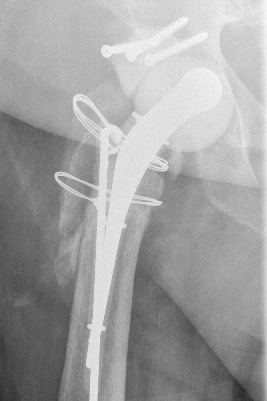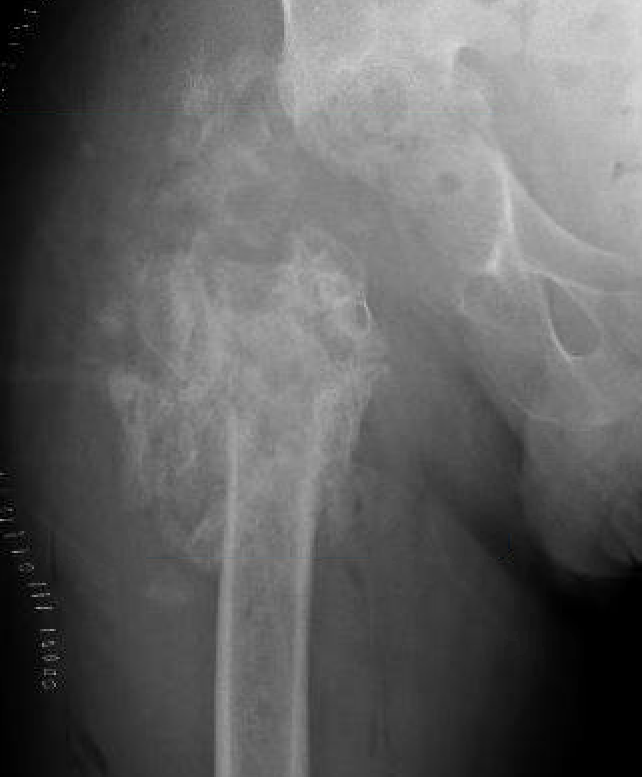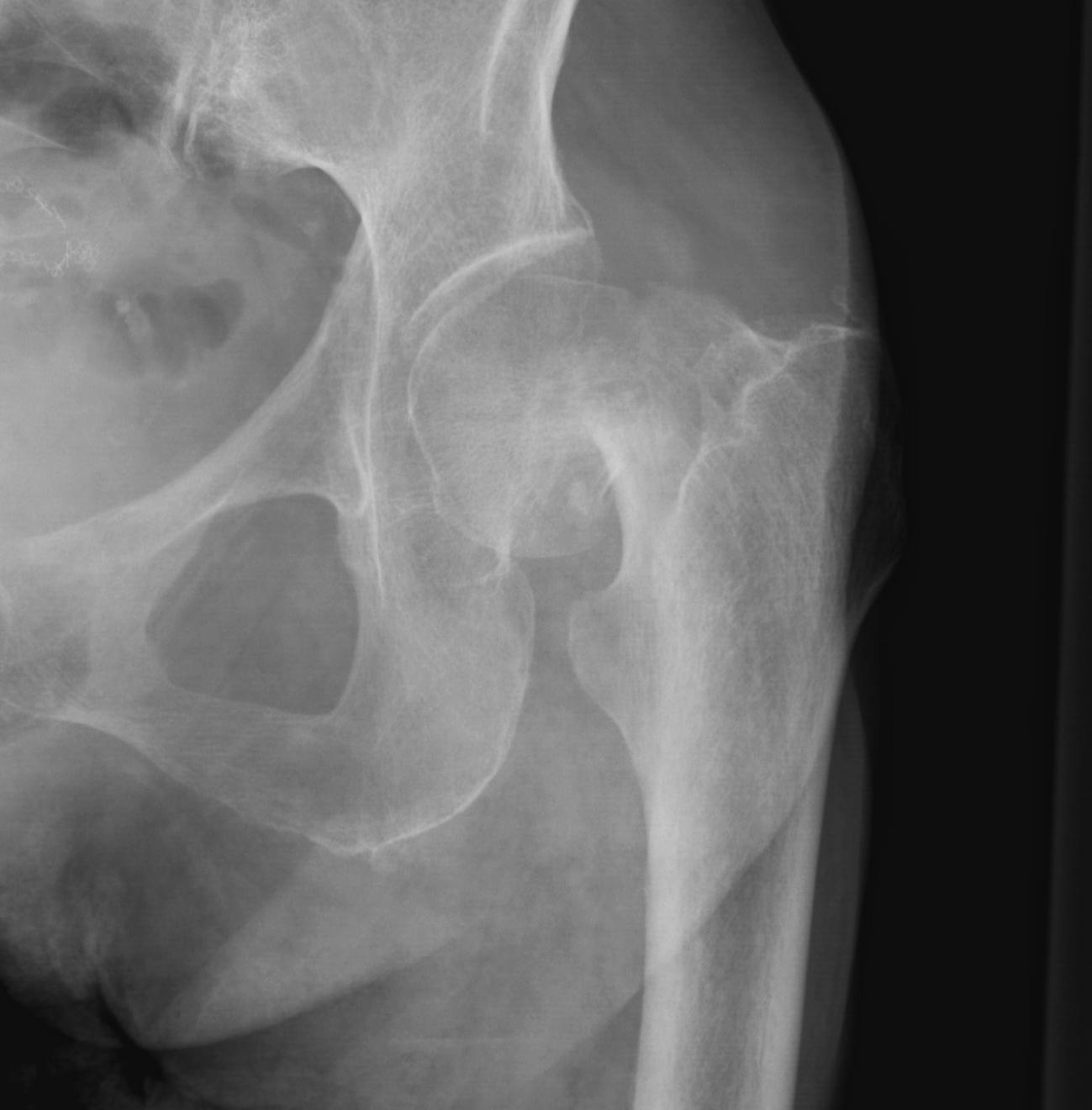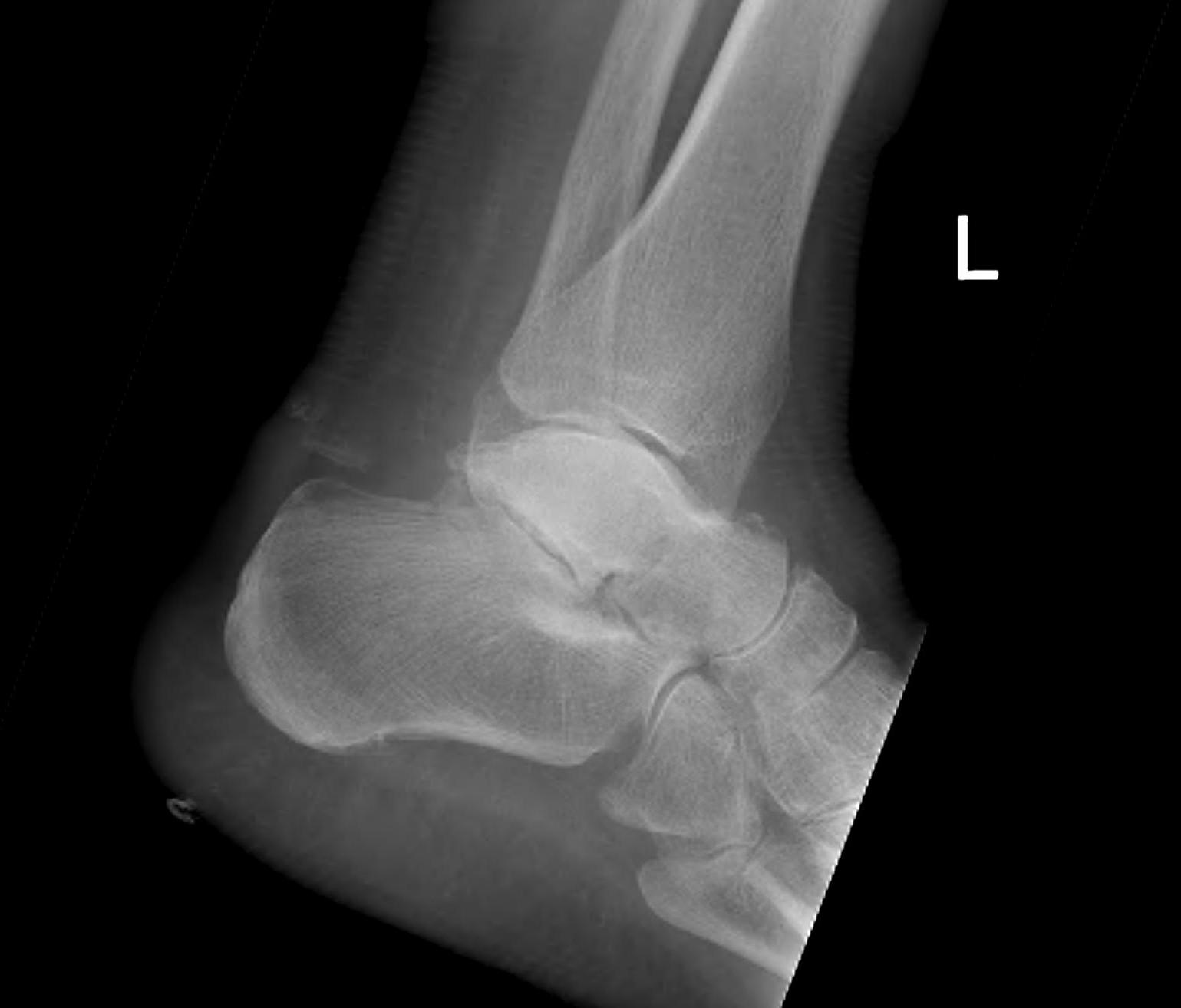Management


Tsukayama Classification



Fracture distal to articular surface & proximal to intertrochanteric region
On average 4 years younger than intertrochanteric fracture
One year mortality as high as 36%
Only 1/3 will return to pre-fracture living environment
Patient > 70
Gjertsen et al JBJS Am 2010
- 4335 patients > 70 with displaced subcapital fractures
- minimum 1 year follow up
- 1 year mortality same in each group / 25%
- 22% reoperation in ORIF v 3% in hemiarthroplasty
- more pain / higher dissatisfaction / lower quality life in ORIF group
Hemiarthroplasty
- unipolar monoblock
- unipolar modular
Prospective multi-centred RCT
- 309 displaced intra-articular fractures
- operative v non operative management
- 2 year follow up
Findings
- used patient orientated functional outcomes
- overall VAS and SF36 not significantly different between 2 groups
Improved Operative Outcome if
- not workers compensation
- women
- < 29
Knee > Hip
- superficial position
- limited cover of well vascularised muscle
- watershed area of skin blood supply anterior to the skin incision
- much increased in fully constrained prosthesis
Ideal < 1%
Increased with
- revision
- prior infection
- RA / Psoriatic arthropathy
- DM
European Orthopaedic Paediatric Study JPO 1999
- 452 patients
- juvenile and adult
Findings
- stable lesion with cartilage intact and no dissection had good prognosis
- if signs dissection, surgical management better than non surgical
- sclerosis on x-ray poor prognostic sign
- lesions > 2cm poor prognosis
- 20% OCD in juveniles abnormal x-ray findings at 3 years (not benign process)
Return to Sport
Shelbourne et al. Am J Sports Med 1999
- 133 patients with isolated PCL injuries followed for mean of 5 years
- 1/2 returned to sport at same level of play
- 1/3 returned to sport at lower level of play
https://pubmed.ncbi.nlm.nih.gov/10352760/
Agolley et al. Bone Joint J 2017
Athletic / high impact exercises
First described in ballet dancers (Burrows 1956)
- tension side of bone / lateral side
- progression to complete fracture has been well documented in athletes
Point tenderness
- lateral aspect of tibia
Over time develop bony lump
Largely related to degree of displacement
Hawkins Type I
- 0% to 13%

Hawkins Type II
- 20% to 50%
- usually only patchy and not a problem (rarely collapses)